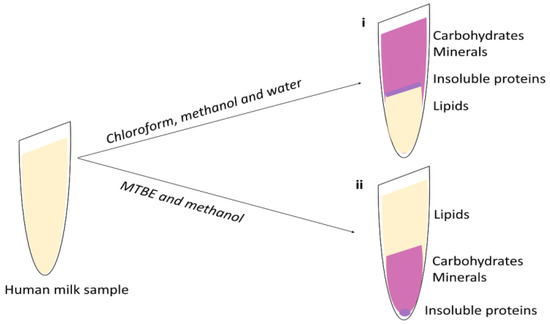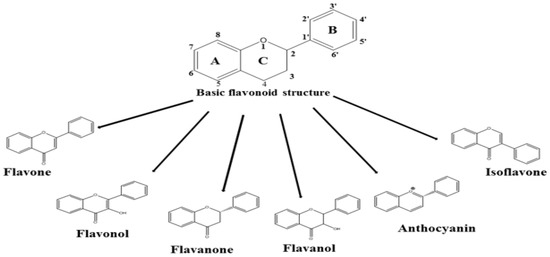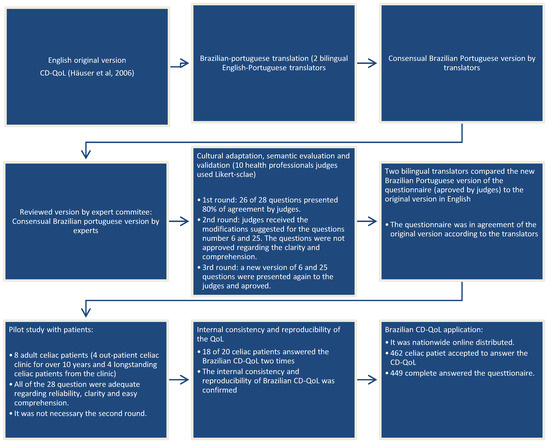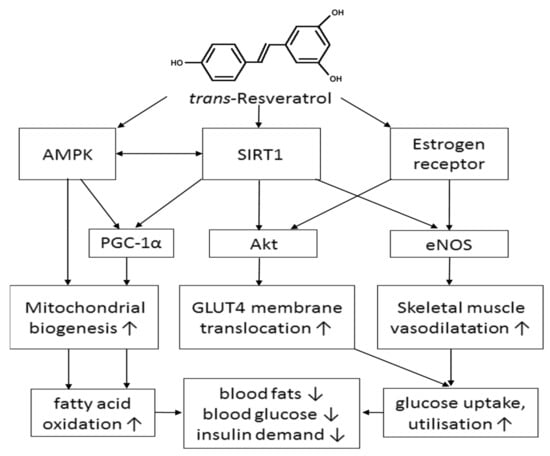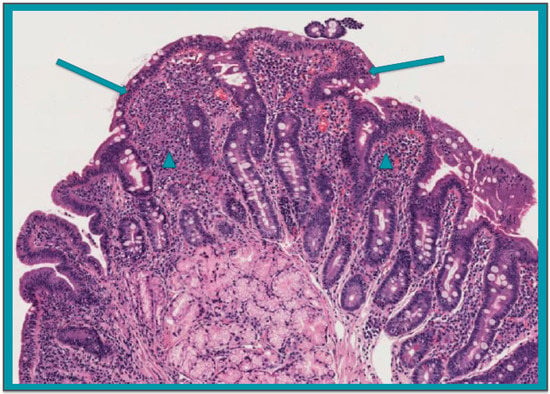1
School of Molecular Sciences, The University of Western Australia, Crawley, Perth, WA 6009, Australia
2
Separation Science and Metabolomics Laboratory, Murdoch University, Murdoch, Perth, WA 6150, Australia
Nutrients 2018, 10(9), 1169; https://doi.org/10.3390/nu10091169 - 26 Aug 2018
Cited by 39 | Viewed by 9551
Abstract
Human milk contains a complex combination of lipids, proteins, carbohydrates, and minerals, which are essential for infant growth and development. While the lipid portion constitutes only 5% of the total human milk composition, it accounts for over 50% of the infant’s daily energy
[...] Read more.
Human milk contains a complex combination of lipids, proteins, carbohydrates, and minerals, which are essential for infant growth and development. While the lipid portion constitutes only 5% of the total human milk composition, it accounts for over 50% of the infant’s daily energy intake. Human milk lipids vary throughout a feed, day, and through different stages of lactation, resulting in difficulties in sampling standardization and, like blood, human milk is bioactive containing endogenous lipases, therefore appropriate storage is critical in order to prevent lipolysis. Suitable sample preparation, often not described in studies, must also be chosen to achieve the aims of the study. Gas chromatography methods have classically been carried out to investigate the fatty acid composition of human milk lipids, but with the advancement of other chromatographic techniques, such as liquid and supercritical fluid chromatography, as well as mass spectrometry, intact lipids can also be characterized. Despite the known importance, concise and comprehensive analysis of the human milk lipidome is limited, with gaps existing in all areas of human milk lipidomics, discussed in this review. With appropriate methodology and instrumentation, further understanding of the human milk lipidome and the influence it has on infant outcomes can be achieved.
Full article
(This article belongs to the Special Issue Breastfeeding and Human Lactation)
▼
Show Figures

